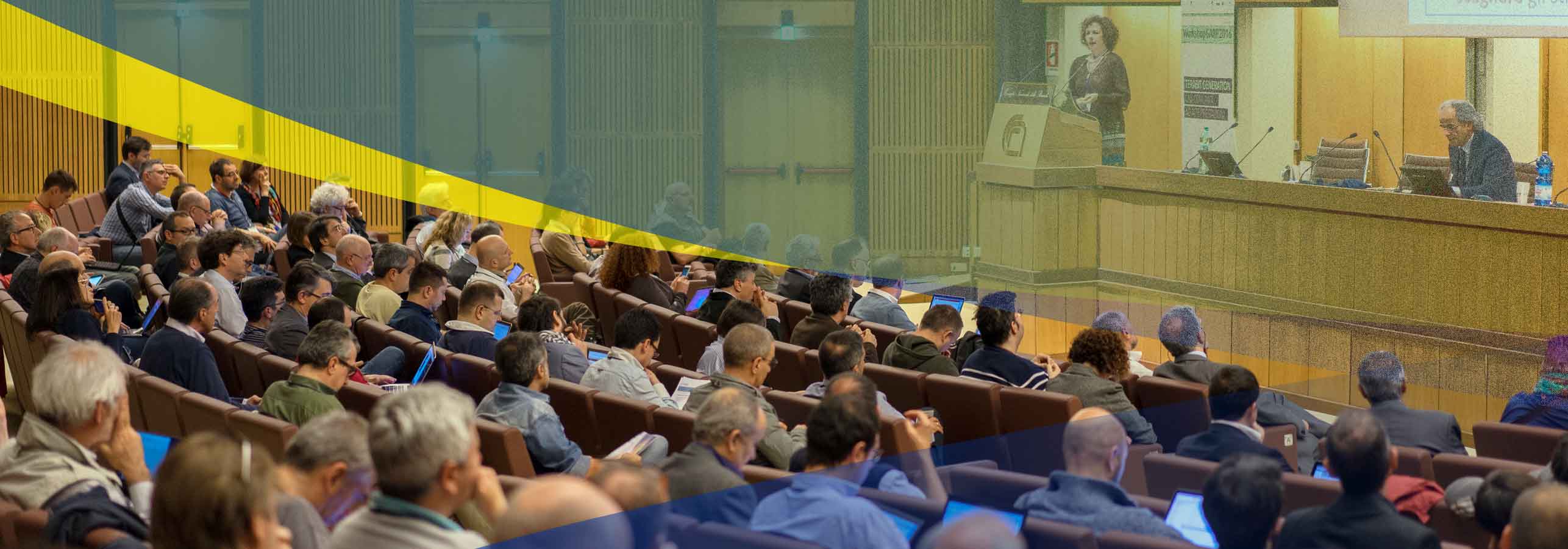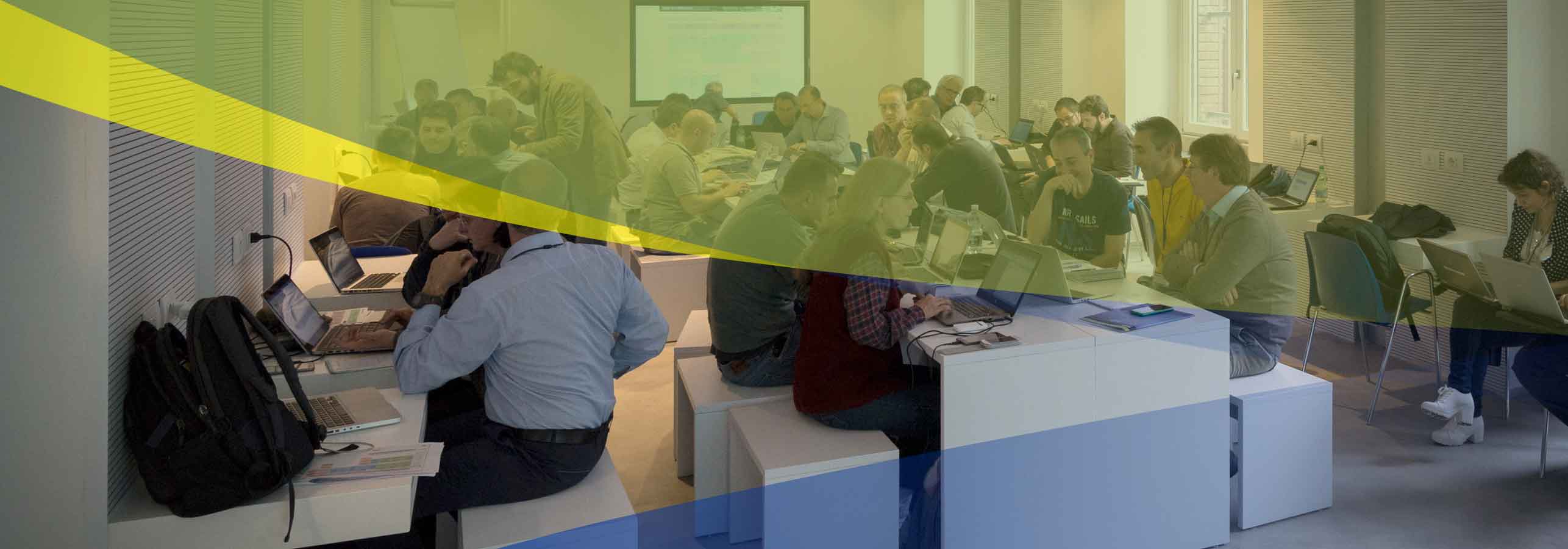Catello Chierchia
- I.R.C.C.S. materno-infantile "Burlo Garofolo"
- http://www.burlo.trieste.it/
 Laureato in Ingegneria Biomedica a Padova e Specialista in Ingegneria Clinica presso l’Università degli Studi di Trieste, da marzo 2017 è ricercatore presso l’IRCCS Burlo Garofolo per la sicurezza informatica dei dispositivi medici in una rete IT-medicale, contribuendo anche alla stesura di capitolati di gara per la fornitura di dispositivi medici insieme all’ing. Riccardo Zangrando dirigente responsabile della SC Ingegneria clinica, acquisizione tecnologie, beni e servizi.
Laureato in Ingegneria Biomedica a Padova e Specialista in Ingegneria Clinica presso l’Università degli Studi di Trieste, da marzo 2017 è ricercatore presso l’IRCCS Burlo Garofolo per la sicurezza informatica dei dispositivi medici in una rete IT-medicale, contribuendo anche alla stesura di capitolati di gara per la fornitura di dispositivi medici insieme all’ing. Riccardo Zangrando dirigente responsabile della SC Ingegneria clinica, acquisizione tecnologie, beni e servizi.
 He holds a degree in Biomedical Engineering from University of Padua and he later specialised as a Clinical Engineering Specialist at the University of Trieste. From March 2017 he joined at IRCCS Burlo Garofolo, where he is a researcher in computer security of medical devices over IT-medical networks, and also contribues to draft tender specifications for the supply of medical devices together with the Head of Clinical Engineering, Technology Acquisition, Goods and Services division, ing. Riccardo Zangrando.
He holds a degree in Biomedical Engineering from University of Padua and he later specialised as a Clinical Engineering Specialist at the University of Trieste. From March 2017 he joined at IRCCS Burlo Garofolo, where he is a researcher in computer security of medical devices over IT-medical networks, and also contribues to draft tender specifications for the supply of medical devices together with the Head of Clinical Engineering, Technology Acquisition, Goods and Services division, ing. Riccardo Zangrando.
SESSIONE 2
Big Data and biomedical research
 Analisi, valutazione del rischio e sicurezza informatica di dati e informazioni dei dispositivi medici connessi alle reti IT-medicali
Analisi, valutazione del rischio e sicurezza informatica di dati e informazioni dei dispositivi medici connessi alle reti IT-medicali
Catello Chierchia, Martina Balloccu, Enrico Guerra, Francesca Deluca, Lorenzo Monasta and Michele Bava
Il lavoro di ricerca proposto prende in considerazione la gestione dei dispositivi medici (DM) collegati ad una rete IT-medicale presenti all’interno delle strutture ospedaliere, considerando anche gli aspetti relativi alla sicurezza informatica di dati ed informazioni.
Sebbene l’evoluzione delle apparecchiature stia portando ad un numero sempre maggiore di DM connessi alla rete dati ospedaliera, gli aspetti relativi alla sicurezza informatica non hanno subito la stessa accelerazione, portando come conseguenza la possibilità di furto e manomissione dei dati e di danneggiamento sia del sistema che dei soggetti interessati. Un’apparecchiatura senza protezioni collegata alla rete ospedaliera può essere preda di malintenzionati che possono richiedere ingenti somme di denaro per rilasciare i dati sensibili dei pazienti che potrebbero essere facilmente copiati e divulgati in modo malevolo.
Lo scopo dello studio è quello di individuare per ogni DM connesso in rete un Indice di Valutazione del Rischio (IVR) basato sulla rilevazione di alcuni indicatori che sia il risultato di una stima dei pesi individuati con l’uso di modelli statistici, in modo da avere un risultato oggettivo e ripetibile anche in diverse strutture ospedaliere. In particolare per la stima dei pesi sono stati utilizzati, su 42 apparecchiature, due modelli, la regressione lineare e il modello logistico, ottenendo risultati che predicono con una buona specificità e sensibilità la classe di rischio dei DM analizzati.
 Risk evaluation and data security for information collected by medical devices interconnected over medical IT networks
Risk evaluation and data security for information collected by medical devices interconnected over medical IT networks
Catello Chierchia, Martina Balloccu, Enrico Guerra, Francesca Deluca, Lorenzo Monasta and Michele Bava
The proposed research takes in consideration the management of medical devices (MD) interconnected to a medical IT network within an hospital, with a special stress on data security. Despite the technological evolution and the always-increasing number of MD interconnected to hospital data networks, the evolution of security hasn’t accelerated accordingly, leading to a risk of theft or tampering of data, as well as of damages to the system and to involved subjects.
Equipment connected to the hospital network can, without adequate protections, fall prey to malicious people, who can ask relevant amounts of money to release the patients’ sensitive, which could be easily copied and published.
The purpose of this study is to identify, for each interconnected MD a Risk Evaluation Index based on the detection of certain indicators, which will be the result of an estimate of statistically-identified weights in order to obtain a repeatable, objective result independent from the location.
For the weight estimate we used, for 42 devices, two models: the linear regression and the logistic model, and we obtained results predicting with high specificity and sensibility the risk class of analysed MDs.








